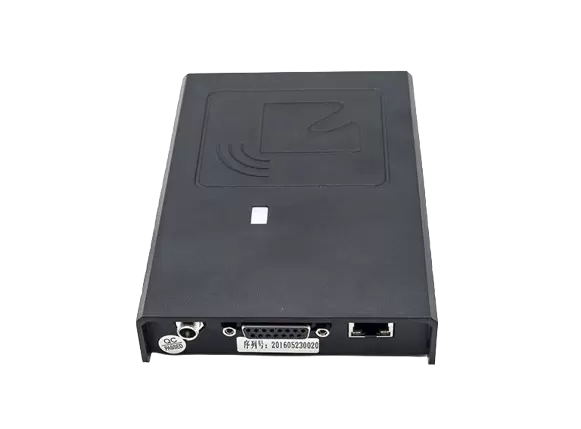When it comes to vehicle safety, few indicators are as critical as the brake system warning light. This alert serves as a vital communication tool between your car and you, signaling potential issues that could compromise your braking system's performance. Ignoring this warning can lead to severe consequences, including brake failure and accidents. In this article, we will delve into the various reasons why your brake system warning light may be illuminated and provide a step-by-step guide on how to address these issues effectively.
Understanding the Brake System Warning Light
The brake system warning light can appear on your dashboard in various forms, often represented by a circle with an exclamation mark or the word BRAKE. This light can indicate several issues, including:
- Low Brake Fluid: One of the most common reasons for the warning light to activate is low brake fluid levels. Brake fluid is essential for the hydraulic system that enables your brakes to function effectively.
- Worn Brake Pads: Many modern vehicles are equipped with sensors that detect when brake pads are worn down to a certain level. If the pads are too thin, the warning light will illuminate.
- Malfunctioning ABS: The Anti-lock Braking System (ABS) is crucial for maintaining control during hard braking. If there's a fault in the ABS, the warning light may activate.
- Brake System Issues: Problems such as a malfunctioning master cylinder or brake lines can also trigger the warning light.
- Parking Brake Engaged: Sometimes, the simplest explanation is the correct one. If your parking brake is engaged, the warning light will remain on until it is released.
Step-by-Step Guide to Fixing the Brake System Warning Light
Step 1: Check the Parking Brake
Before diving into more complex diagnostics, ensure that your parking brake is fully disengaged. If the light remains on after releasing it, proceed to the next steps.
Step 2: Inspect Brake Fluid Levels
- Locate the Brake Fluid Reservoir: Typically found near the back of the engine bay, the reservoir is usually labeled and may have a translucent body for easy visibility.
- Check Fluid Levels: If the fluid is below the minimum mark, top it up with the manufacturer-recommended brake fluid. Be cautious not to overfill.
- Look for Leaks: If you find that the fluid level is consistently low, inspect for leaks in the brake lines, calipers, and master cylinder. Address any leaks immediately, as they can lead to brake failure.
Step 3: Examine Brake Pads and Rotors
- Visual Inspection: Remove the wheel to access the brake pads and rotors. Look for signs of wear, such as a thickness of less than 1/8 inch on the pads or scoring on the rotors.
- Listen for Noises: If you hear grinding or squeaking noises while braking, it may indicate that the pads are worn and need replacement.
- Replace if Necessary: If the pads are worn, replace them with high-quality components that meet or exceed OEM specifications.
Step 4: Diagnose the ABS
- Check for ABS Light: If the ABS light is also illuminated, it may indicate a malfunction in the system. Use an OBD-II scanner to retrieve any diagnostic trouble codes (DTCs) related to the ABS.
- Inspect Wheel Speed Sensors: These sensors can become dirty or damaged, leading to ABS malfunctions. Clean or replace them as necessary.
- Consult a Professional: If you're unable to diagnose the ABS issue, it’s advisable to consult a certified mechanic who can perform a thorough inspection.
Step 5: Seek Professional Help
If the brake system warning light persists after checking the above components, it may indicate a more serious issue within the brake system, such as a failing master cylinder or brake booster. In such cases, it’s crucial to seek professional assistance to avoid compromising your safety.
Conclusion
The brake system warning light is an essential indicator of your vehicle's health and safety. By understanding the potential causes and following the outlined steps, you can effectively troubleshoot and address the issues that may arise. Remember, your brakes are your first line of defense on the road; never ignore a warning light. Regular maintenance and prompt attention to warning signals can ensure that your vehicle remains safe and reliable for years to come. Always prioritize safety and consult a professional when in doubt.




